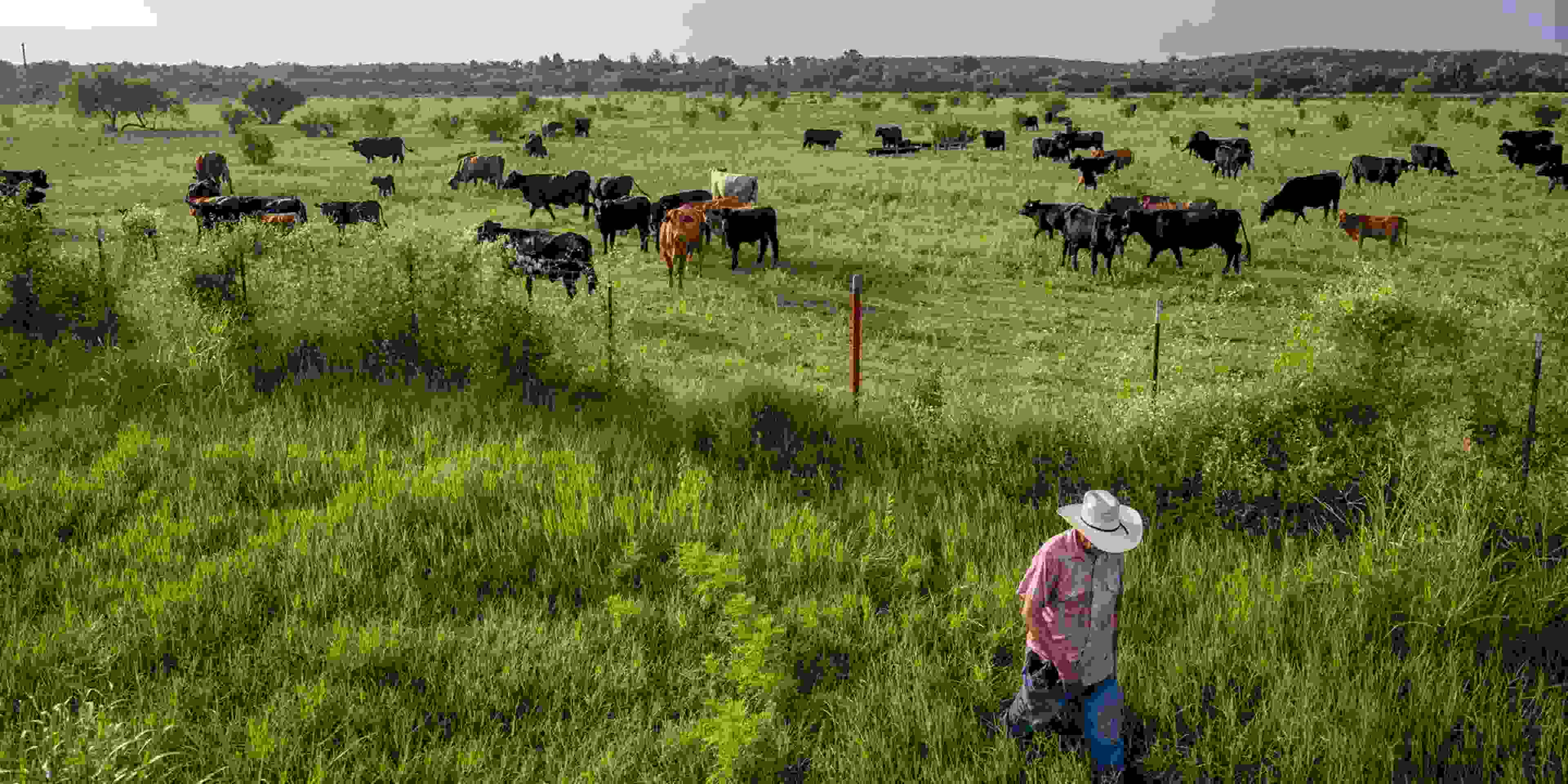Aljir - The Sahara Desert, the largest hot desert in the world, is not just a vast sea of sand—it is also home to resilient communities who have developed remarkable local wisdom to survive in one of the harshest environments on Earth. Spanning across North Africa, the Sahara’s extreme climate demands deep knowledge, resourcefulness, and traditions passed down through generations.
One of the most important aspects of local wisdom in the Sahara is water management. Nomadic tribes like the Tuareg and Berber people know how to locate hidden wells and underground springs, often traveling great distances to access fresh water. They have also developed techniques for storing water in animal skins or clay containers to prevent evaporation.
Adaptation in housing is another example of their ingenuity. Many desert dwellers build homes from mud bricks or palm leaves, which provide natural insulation against the scorching heat of the day and the cold at night. Tents used by nomads are designed to be portable, allowing families to move with seasonal changes.
Traditional clothing also reflects centuries of adaptation. Long, loose garments made of lightweight fabric protect the skin from intense sunlight while allowing airflow. Headscarves and turbans shield the face from sandstorms and help retain moisture in the body.
In addition, local wisdom extends to sustainable living. Many communities rely on camel caravans for transportation, trade, and cultural exchange, a tradition that has sustained commerce across the Sahara for centuries. Storytelling, music, and oral history keep cultural identity alive, passing valuable lessons and history from one generation to the next.
The local wisdom of the Sahara Desert people is more than just survival—it is a testament to human resilience, creativity, and harmony with nature. These traditions not only preserve life in a challenging environment but also offer valuable lessons for the world in facing climate change and environmental challenges.
